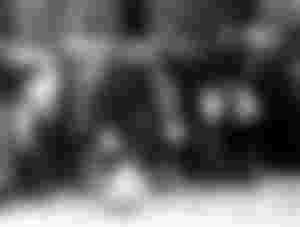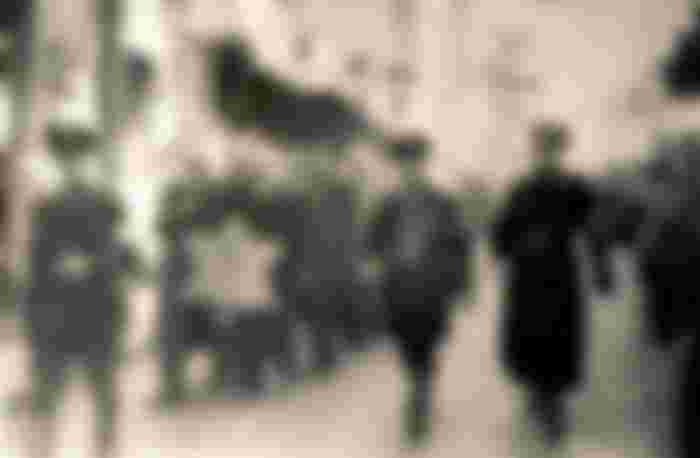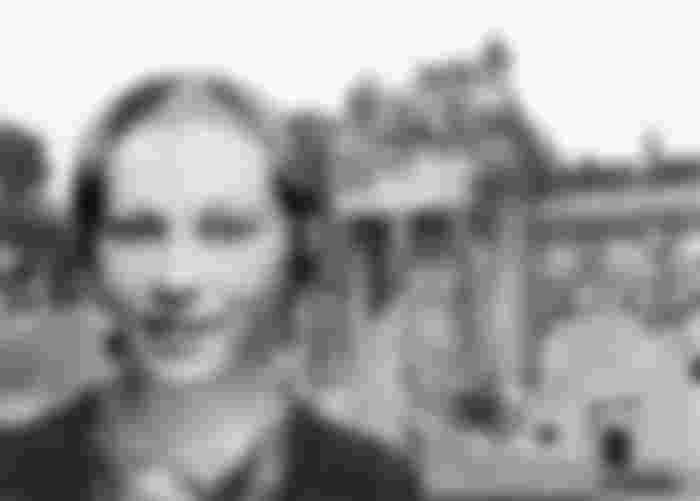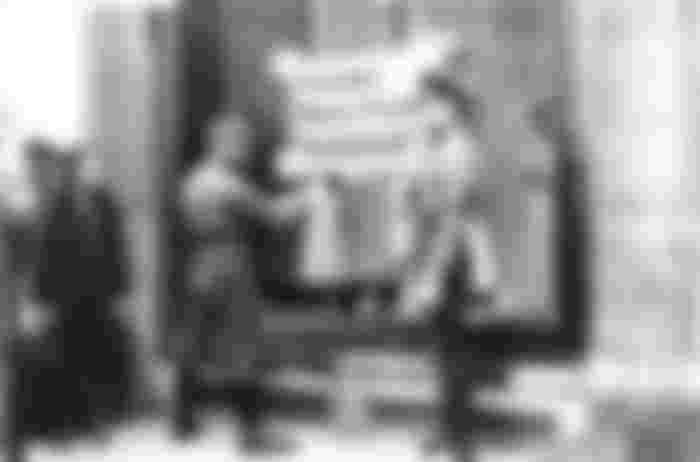10.01.2021.
Dear virtual friends, snow and winter are ideal times for reading and exploring.
This is not the only, amazing story about the fight for life that fascinated me.So much courage, fear, uncertainty, resourcefulness to overcome in a crazy time of hatred and hell.And to be a woman, alone, a Jew, without help.I recently read a book about the hiding of a family of Jews who spent the Second World War from 1941 to 1945 imprisoned in the attic of a house in Belgrade.The book is called "The Secret of the Attic on Neimar". The writer Marko Anaf hid in a bunker with his mother as a child. The Nazis tore down the walls but could not find them. The book is a valuable testimony to the cruelty of a time.

Marie Jalovic Simon was the daughter of a wealthy lawyer. Before she turned 20, she was left an orphan.

The arrival of the Nazis in power changed the life of this girl. She lost her wealth, and after 1933, a law forbidding Jews from employment in certain, more paid areas, she worked in slave conditions in the Siemens weapons factory.

In 1941, the Jews began to disappear. Marie realized that she could easily be next. That is why she stopped going to work, and when the postman came to deliver the letter, she simply said that "her neighbor Marie Jalovic Simon was deported".The postman wrote "moved to an unknown location in the east" which was a common euphemism for the people who were taken to the camps, and young Mary disappeared from the official documentation.
That same summer, she began walking the streets of Berlin without a yellow stripe on her jacket.

On June 22, 1942, a Gestapo officer came to her apartment in Berlin to take her in for questioning.At that moment, Marie Simon knew - if she was caught now, she would be deported to one of the camps and would probably not survive.
That is why the 20-year-old Jew from Berlin decided in an instant - she managed to draw the attention of the policeman in the bedroom, then his colleague who was waiting in the hallway of the building, fled to the street and disappeared in the underground of war Berlin.
Thus, Marie Jalovic Simon became one of 1,700 "submariners" - German Jews who managed to avoid deportation and survive hiding in the heart of Hitler's Germany.By the end of the war, Marie Jalovic Simon had managed to remain unnoticed. She lived on the streets, changing her appearance almost on a daily basis, relying on the help of Germans who were ready to defy the Hitler regime or those like her who hid themselves.Marie's rebellion helped her feel useful and keep her sanity. She learned to sabotage production at the Siemens factory. In the years spent in hiding, she often toured the streets of Berlin writing provocative anti-Nazi slogans.Marie had incredible talent when it comes to improvisation! She changed over 13 apartments in which she lived alone or with people who had no doubt who she really was. For a while, she shared an apartment with a Nazi suffering from syphilis.

Not everything Marie did was honorable. There were cases when she had to pretend to be in love and allow exploitation just to survive. Not everyone who helped her had honorable intentions.In 1945, the long-dreamed end of the war came. Marie decided to stay in Berlin because, nowhere did she feel as good as on the streets of her hometown.
She became a professor of ancient literature and art history at Humboldt University in Berlin. She passed away in 1998.16 years after Marina's death, the book "Underground in Berlin" was published, based on data obtained from 77 cassettes of recorded conversations between Marie Jalovic Simon and her son Herman, a prominent German historian.

So in 2014, the whole world found out about her incredible story

Source Historical entertainer
Photos taken from Google







Wonderful story and thanks for the recommendation for the book. Unfortunately, few were so brave during the war.